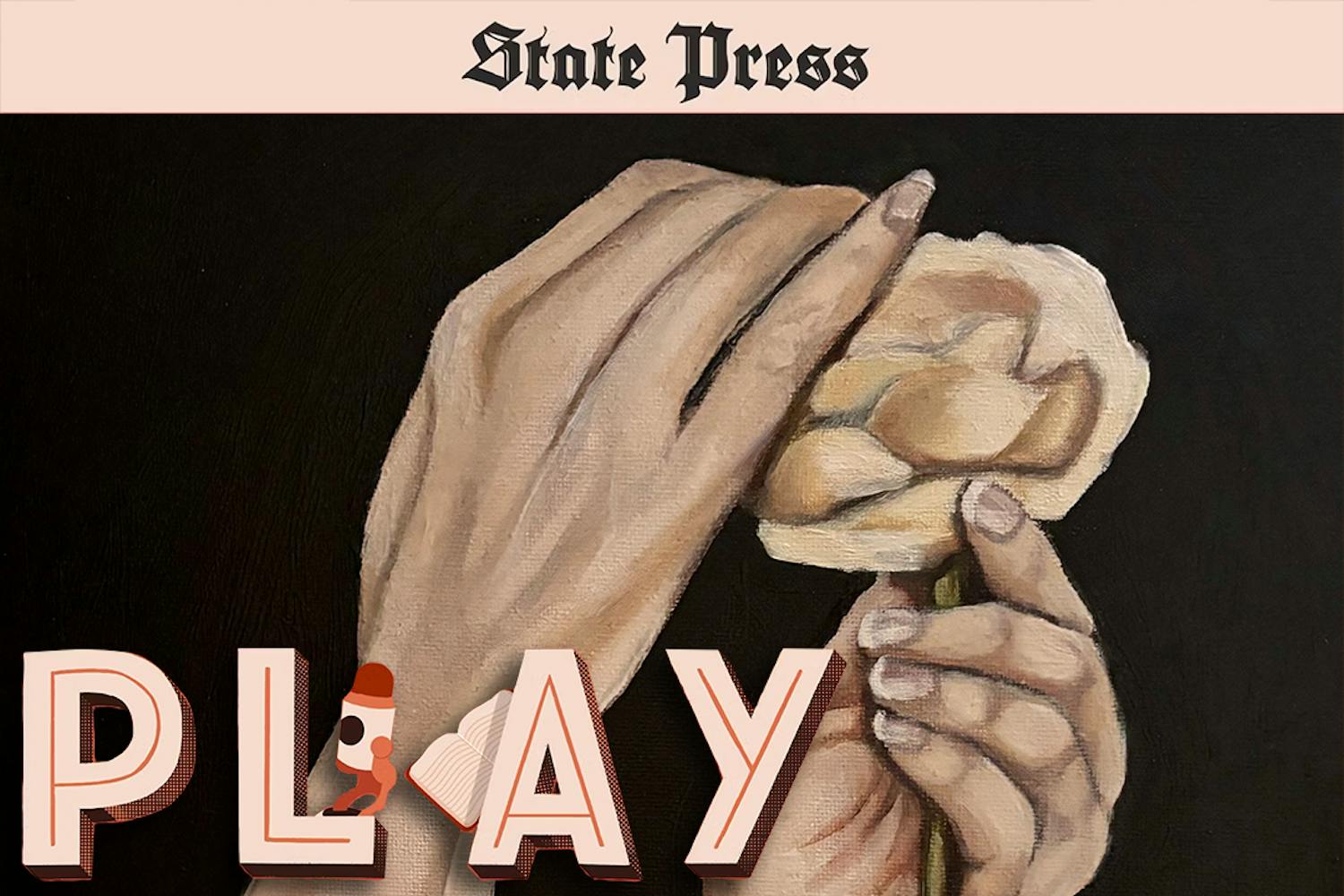Since the mid-2010s, Latino music has gained massive popularity in the U.S. and abroad. Genres from reggaeton to regional Mexican music have taken the world by storm. Some Latino Sun Devils have found this newfound influence not only connects them to their own roots, but also to those who appreciate the culture.
Luminate, a company analyzing entertainment data, reported in 2024 that Latin music was the fastest-growing genre on music streaming services. Within this broad category of Latin music, select genres have risen in popularity.
Alejandra Lopez, a senior studying interdisciplinary sciences, pointed out some genres and artists receiving glowing attention.
She said genres like reggaeton were trailblazers for this newfound popularity, citing artists like Bad Bunny. On the other end of the spectrum, she noted Latino indie, looking at bands like The Marías, who mix English and Spanish, as well as Latin Mafia.
One genre that surprised Lopez with its recent acclaim is corridos, a subgenre of regional Mexican music. The songs are typically ballads with a strong sense of lyricism and storytelling.
"I would have never thought that corridos would be playing on the radio in the U.S.," Lopez said.
Latin artists have taken this newfound fame and are using it to spread their heritage while connecting and reaching non-Latino listeners.
Abigayl Mendez Padilla, a freshman studying kinesiology, said she has been seeing young indie Latino bands and artists collaborate more often with American artists. She thinks it's a great way to cross genre and cultural bounds.
A recent example is Ivan Cornejo, who brought Cigarettes After Sex out at his Coachella performance this year.
In the same realm of crossovers, Mendez Padilla mentioned Selena Gomez's new song featuring The Marías, where they covered "El Muchacho de Los Ojos Triestes" by Jeanette. She said the cover can be used to introduce audiences to the original artist.
"That was a cute reach out," Mendez Padilla said. "It was a very old song, and now the newer generation, people who listen to music in English, now can look at that song, and be like, 'Oh, this is the original song.'"
Latino music has not stopped at crossing language barriers. The genre has also been uniting different countries in Latin America through artist collaboration.
Shakira, the notable Colombian singer, recently crossed genres and collaborated with regional Mexican groups like Fuerza Regida and Grupo Frontera.
Catalina Cayetano, a professor for the School of Social and Behavioral Sciences, said this type of genre mixing can help build community among Latinos.
"When we start blending, then what gets revealed is the fact that what we're trying to do is we're trying to bridge, not only generational divides … but then there's these elements of cultural divide," Cayetano said.
Unity among Latino countries and popularity among non-Latino communities has heavily impacted Latinos: Many fans are proud to see their culture celebrated and proud of the camaraderie it has built.
Lopez and Mendez Padilla both cited corridos and regional Mexican music as a source of this pride. Artists in the genre don't try to water themselves down and appear more Americanized for audiences.
Lopez said she finds immense value in Latino music and culture and is happy to see it platformed and shared outside of its own community.
"I feel like we're getting the recognition that we deserve, that makes sense," Lopez said. "It just took people a while to catch up."
Edited by Andrew Dirst, Sophia Braccio, Tiya Talwar and Natalia Jarrett.
Reach the reporter at jagon128@asu.edu.
Like The State Press on Facebook and follow @statepress on X.
Jazlyn Gonzales is junior studying Journalism and Mass Communication. This is her third semester with the State Press. She has also interned at KJZZ.




